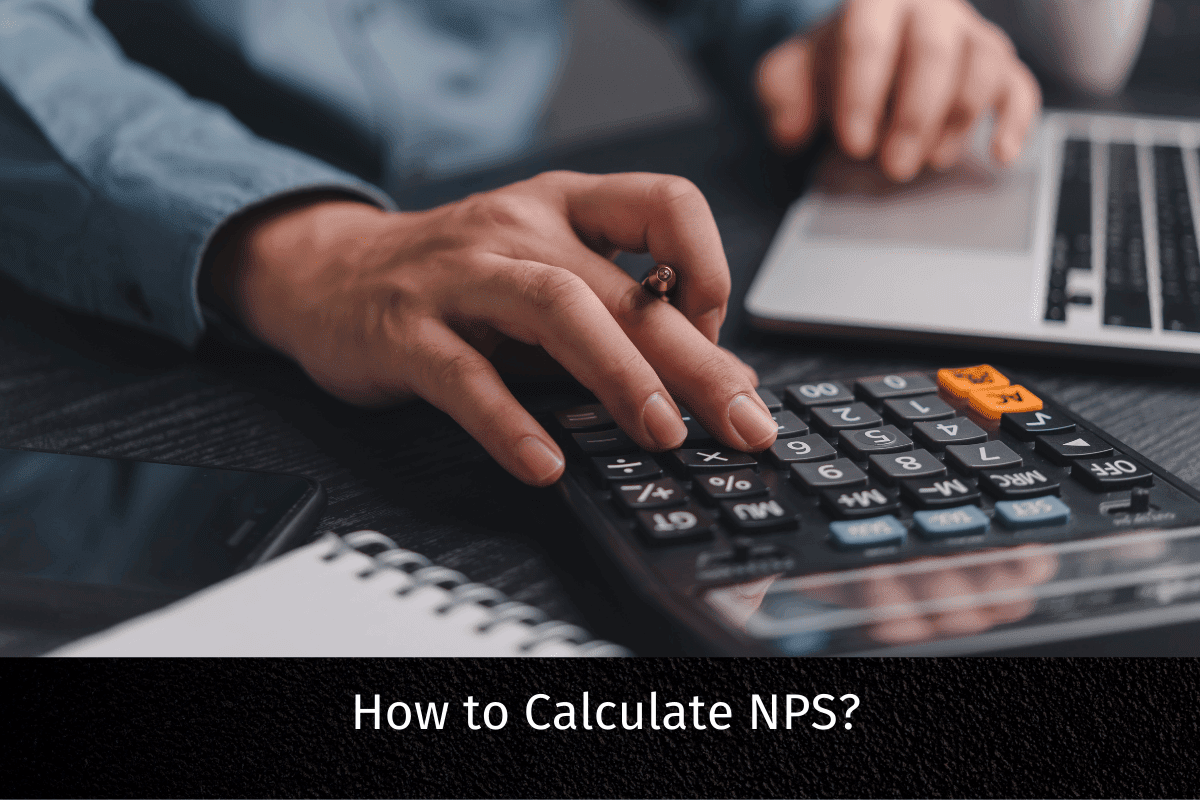In recent times, the National Pension System (NPS) has gained popularity as an investment avenue, primarily due to its potential tax benefits. The government has introduced provisions that allow taxpayers to claim extra tax deductions by investing in NPS. However, deciding whether to opt for NPS investment solely to avail these deductions requires careful consideration.
This article aims to analyze the advantages and disadvantages of investing in NPS for additional tax deduction and assist readers in making an informed decision.
Tax Benefits of NPS Investments:
Under the old tax regime, the existing taxation rules for NPS remain unchanged. The following tax benefits are available:
NPS Tax Benefits under Sec.80CCD (1): The maximum tax benefit is Rs. 1.5 lakh, including the limit under Section 80C. The eligible NPS contribution is 20% of annual income or 10% of employee contribution, whichever is lower.
NPS Tax Benefits under Sec.80CCD (2): The limit for tax deductions is the least of the amount contributed by the employer, 10% of employee’s Basic + Dearness Allowance (or 14% for Central Government Employees), or the taxpayer’s gross total income.
NPS Tax Benefits under Sec.80CCD (1B): A deduction of up to Rs. 50,000 can be claimed under this section for both self-employed individuals and employees. This is in addition to 1,50,000/- claimed under sec 80C.
Under the new tax regime, tax benefits under Section 80C, 80CCD (1), and 80CCD (1B) are not available. However, the employer contribution under Section 80CCD (2) remains eligible for tax deductions. Tier 2 accounts do not offer tax benefits under the new regime.
Exit from NPS
Once the subscriber reaches the age of 60 years, he/ she shall have the option to withdraw a maximum 60% of the corpus as lump sum. Balance 40% should be used to purchase an annuity plan that will provide regular monthly pension to the subscriber.
Premature withdrawals are allowed to the tune of 25% of the contribution for maximum three times during the tenure of subscription if the subscriber has been invested with NPS for at least 5 years. This is allowed only for specific reasons like Higher Education/ marriage of children, purchase of residential houses, etc. However, in case of premature exit from NPS, at least 80% of the accumulated corpus needs to be converted to Annuity which will provide a regular monthly pension. Balance amount can be withdrawn as lump sum. However, the effect of taxation on this lump sum withdrawal is unclear.
In case of Death of the subscriber, a nominee can withdraw the full amount available without annuity or choose for Annuity option which provides regular monthly pension.
Pros of NPS Investment for Tax Deduction
Enhanced Tax Savings: By investing in NPS, individuals can claim additional tax deductions, thereby reducing their taxable income. This feature is especially advantageous for individuals in higher tax brackets who seek to optimize their tax savings.
Long-term Retirement Planning: NPS primarily serves as a retirement corpus, and investing in it aligns with long-term financial goals. By availing tax benefits, investors can boost their retirement savings while simultaneously lowering their tax liability.
Flexibility and Control: NPS provides flexibility in choosing investment options, including a combination of equity and debt funds. This allows investors to customize their portfolio based on their risk appetite and investment objectives. Additionally, NPS offers regular updates on investment performance, granting investors control over their retirement savings.
Option to choose allocation: Subscribers have option to decide allocation of their investment in Equity, Corporate Bonds and Government Bonds
Cons of NPS Investment for Tax Deduction:
Lock-in Period: One significant drawback of NPS is the lock-in period. The invested funds are not easily accessible until retirement, except for partial withdrawals under specific circumstances. If individuals anticipate the need for liquidity in the near future, this lock-in period can limit their financial flexibility.
Mandatory Annuity Purchase: Upon retirement, individuals are required to utilize a portion of the accumulated corpus to purchase an annuity. The annuity income is taxable as per the applicable tax slab. This compulsory annuity purchase reduces control over the corpus and may not align with retirement income objectives.
Uncertain Tax Treatment on Premature Withdrawals: The taxation of NPS withdrawals, especially premature and partial withdrawals, remains unclear. The ambiguity surrounding the tax implications of lump sum withdrawals and partial withdrawals complicates accurate estimation of net returns from NPS investments.
Tax Benefits on Withdrawal: Upon reaching the age of 60 or retirement, 60% of the accumulated pension wealth can be withdrawn as a lump sum tax-free. The remaining 40% must be used to purchase an annuity, which will be taxed based on the applicable tax slab.
Conclusion:
Opting for NPS investment solely for the purpose of availing additional tax deductions necessitates careful evaluation of the benefits and drawbacks. While the tax savings can be substantial, the lock-in period and mandatory annuity purchase may restrict financial flexibility. Moreover, uncertainty regarding the tax treatment of withdrawals adds to the complexity in case of withdrawal before maturity. It is essential to consider overall financial goals, risk appetite, and liquidity requirements before making a decision.
Ultimately, NPS investment should be viewed as a long-term retirement planning tool rather than merely a tax-saving instrument. Seeking guidance from a financial advisor or tax expert can help assess the suitability of NPS in one’s specific financial situation. Remember, while tax benefits are significant, they should be evaluated in the context of overall financial well-being and future objectives.
Disclaimer: The information provided is based on research and personal opinion and advised to consult a certified financial advisor for accurate advice before making any decisions based on this information.









